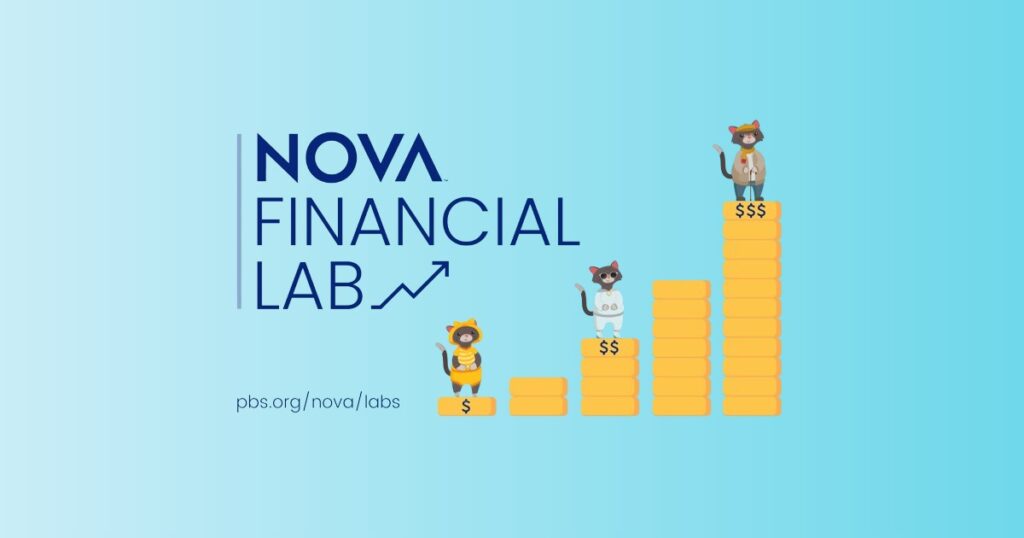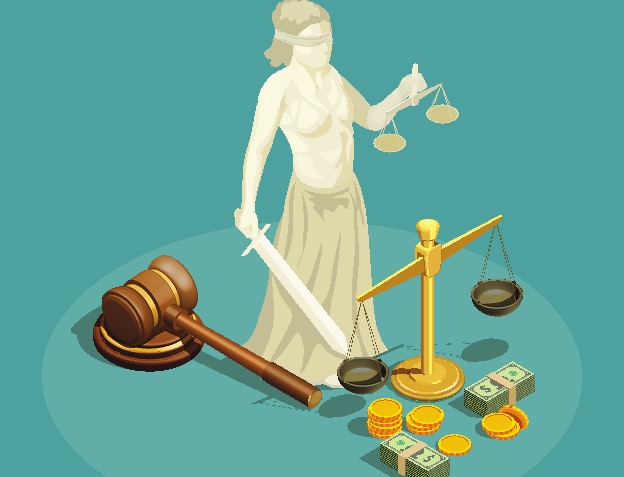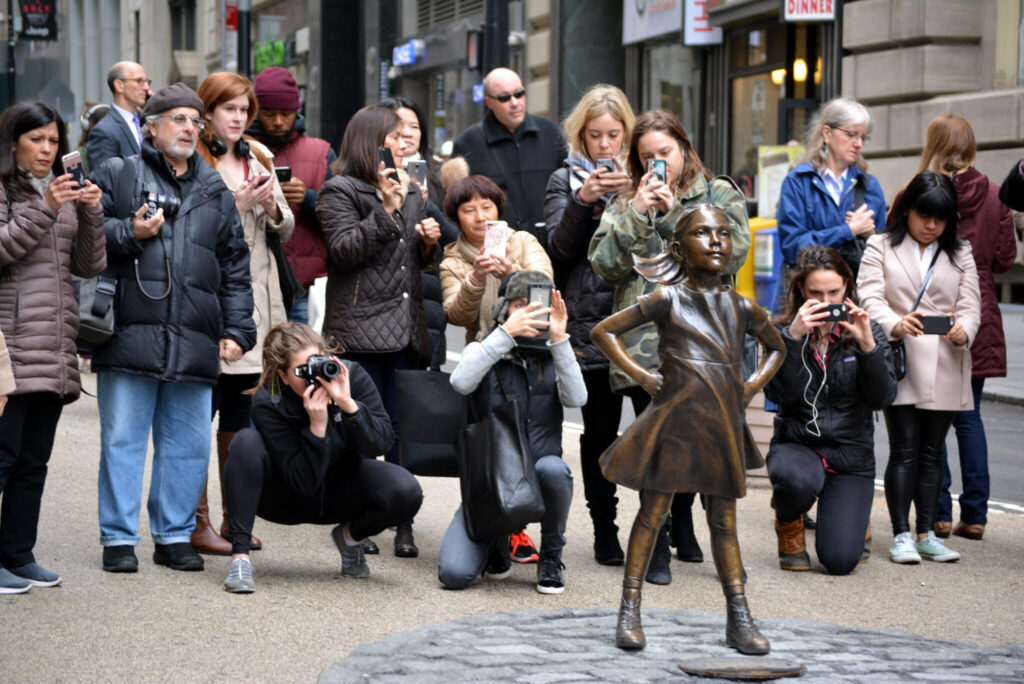
Content Partner
Grades 6-8, 9-12
Happy EconEdMonth! Celebrate economics all month long by visiting EconEdMonth.org

Don't have an account yet? Sign up for free
Don't have an account yet? Sign up for free

To use or not to use credit for a major purchase is an important decision. There is a nifty process in making such decisions-one that has been useful to many young people. They have used it not only for credit decisions but also for other major decisions, such as whether or not to take a particular job or what college to attend. In this lesson, we will look at this process and help you apply it. We’ll also look at the pros and cons for using credit.
 Juan wanted a brand-name jacket. The one he wanted was priced at $400. He knew his friends would be envious if he bought the jacket. But he had a problem-no cash. He did have a credit card, because his mother guaranteed him, he could not get a credit card on his own, being a minor. Juan’s mother made it quite clear that he would have to provide the cash for whatever he bought. The card carries an 18% APR on unpaid balances. Juan figured he could afford to pay $15 a month on the account. Tough decision: should he buy the jacket using the credit card or not?
Juan wanted a brand-name jacket. The one he wanted was priced at $400. He knew his friends would be envious if he bought the jacket. But he had a problem-no cash. He did have a credit card, because his mother guaranteed him, he could not get a credit card on his own, being a minor. Juan’s mother made it quite clear that he would have to provide the cash for whatever he bought. The card carries an 18% APR on unpaid balances. Juan figured he could afford to pay $15 a month on the account. Tough decision: should he buy the jacket using the credit card or not?
To use or not to use credit for a major purchase is an important decision. There is a nifty process in making such decisions-one that has been useful to many young people. They have used it not only for credit decisions but also for other major decisions, such as whether or not to take a particular job or what college to attend. In this lesson, we will look at this process and help you apply it. We’ll also look at the pros and cons for using credit.
In the case of any decision, almost any choice you make will have its advantages and disadvantages. When making one choice over a second-best choice, you generally give up some advantage(s). This giving up of one thing in order to get another is called opportunity cost. For example, if Melissa chooses to work out at the gym instead of watching her favorite television show, she has made a choice and incurred an opportunity cost. On this particular evening, she thinks feeling better because of exercise is more advantageous than the entertainment she could gain from the television show. Sound familiar? Indicate a choice that you recently made which involved giving up an attractive second-best choice. Tell why you made the choice despite the opportunity cost it involved.
Using the concept of opportunity cost helps provide a good framework for decision making. The concept says, in effect, that there is no “perfect” choice. When making any choice, you are always giving up something-your second-best choice. The key to making wise choices is to think them thorough understanding the advantages and disadvantages of each choice and choosing the one, which is more beneficial, not necessarily perfect, for you.
Opportunity Cost in the Problem-Solving Process
Opportunity cost is an important element in the problem-solving process. As its name implies, the problem-solving process is used to solve problems. It can and should be used with any problem, including making consumer choices such as whether to use credit. For some decisions, individuals go through the process mentally without making any written notes. For major decisions, we recommend that you follow the procedures by writing down replies to each one of the procedures. Let’s go through the process using Juan, who at the beginning of this lesson was faced with the problem of whether he should buy a jacket right now, using credit, or wait until later.
What is the Nature of the Problem?
 It is important to be clear about what the problem is. In this case, the problem is not which jacket Juan should buy. Juan knows that he wants a specific coat, which has a definite price. The problem is whether Juan should buy the jacket now, with his mother’s credit card, or wait until later. If he buys it, he’ll have to use credit; he doesn’t have enough cash to buy it outright, and his parents and other relatives do not seem interested in buying it for him. Making sure that you describe the right problem is the first step for quality problem solving.
It is important to be clear about what the problem is. In this case, the problem is not which jacket Juan should buy. Juan knows that he wants a specific coat, which has a definite price. The problem is whether Juan should buy the jacket now, with his mother’s credit card, or wait until later. If he buys it, he’ll have to use credit; he doesn’t have enough cash to buy it outright, and his parents and other relatives do not seem interested in buying it for him. Making sure that you describe the right problem is the first step for quality problem solving.
Complete this form of the decision-making grid as we work through the process. To get started, describe in your own words the nature of Juan’s.
Decision-Making Grid
What are the Alternatives for Solving the Problem?
The alternatives are the choices available to deal with the problem. In Juan’s case, there are two alternatives:
Please write these alternatives in the column on the grid market ALTERNATIVES.
What are the Criteria for Evaluating the Alternatives?
This sounds complicated, but it isn’t. Criteria are standards by which you judge something. For example, when buying a new pair of sneakers, what are the standards that you use in evaluating each pair of sneakers? Price, comfort, appearance, name recognition.
Similarly, there are some general criteria that should be used in judging whether to buy an item on credit. All of these criteria may be used when making credit decisions but some may not be needed in Juan’s situation. You will be the judge of that. As you read through the criteria, select the ones, which are most appropriate for Juan and place them in the spaces along the top of the grid.
Let’s see how much interest Juan might pay on this purchase of a jacket, using an interest calculator. Go here , press calculators and then hit credit card payoff. For each situation, fill in the interest rate, the amount of the loan, and the amount of each monthly payment. There will be no extra payments. Then press the calculation link. In the blank space provided in the table, indicate how many months it will take to pay off the loan, the amount of interest that will be paid, and the total amount of money paid for the item (which would include its price and the interest).
| Option | APR | Balance | Monthly Payment | No. of Payments Answers: | Interest Paid | Total Paid |
| 1 | 15% | $400 | $20 | 31 | $80.70 | $480.70 |
| 2 | 20% | $400 | $20 | 34 | $117.92 | $517.92 |
| 3 | 15% | $400 | $30 | 26 | $60.15 | $460.15 |
| 4 | 20% | $400 | $30 | 27 | $85.20 | $485.20 |
Look at the data and answer the following questions:
All of the criteria we have looked at thus far relate to using credit. There might well be other reasons why Juan would want or not want to purchase the jacket right now. These might include “sharp dresser,” “encourage confidence,” and “keep up with peers,” on the positive side, as well as “encourage theft” and “too dressy” on the negative. Add other criteria that might be important to the decision-making grid.
How well does each alternative look in relationship to the criteria?
The fourth step in the problem-solving process is to evaluate each of the alternatives in relationship to the criteria. One way to do this is to put a plus when the alternative meets a criterion and a minus when it does not meet it. (Or put an “O” when the alternative has nothing to do with a given criterion. For example, buying on credit has a negative effect, “-“, on freedom to use future income because part of future income has to be used to pay the debt. It has a positive effect on delaying payment, “+,” because there is no immediate claim against income.
What is your Decision?
This is when you review the analysis and determine which is the best choice. Look at the decision-making sheet and decide what you believe Juan should do. Write that answer on the following line, giving your reason(s) for choosing that alternative.
Alternative:_____________________________________
Reasons:________________________________________________________________
Often, the alternative, which has the most pluses, is not the one that people choose. Why might that be the case? [More weight might be given to one criterion than others.] For example, if Juan just had to have the jacket, knowing that he will wear it a lot, he might put more emphasis on the “immediacy of use” criterion more than on the cost of credit and the effect on his future income. Tradeoffs, which is related to opportunity costs, fits in well here. If Juan decides to use his credit card to purchase the jacket, he is trading off future income and paying more for the jacket in order to start using it right now.
From the list of criteria, develop a listing of what you believe the advantages and disadvantages are for using credit.
Use the Problem-Solving Process Sheet for solving the following problem:
Melody has just graduated from college and has her first job. She has a good income, but she needs some furniture for her apartment. She has never purchased anything on credit. She sees some furniture on sale for $2,000 and would like to purchase it, but she does not have the cash. She wonders if she should still purchase the furniture?
After doing the analysis, indicate your decision and why you made that choice. In your discussion, tell what criteria you believed were the most important in making the decision.

Content Partner
Grades 6-8, 9-12

Grades 9-12


Grades K-2, 3-5
